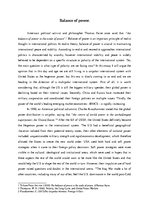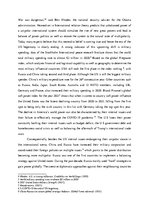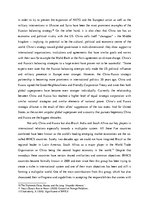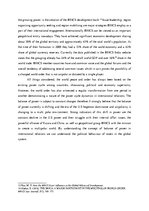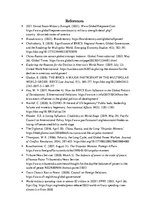-
Balance of Power
At the time of their formation in 2009 they had a 15% share of the world economy and a 42% share of global currency reserves. Currently the data published in the BRICS India website states that the grouping already has 24% of the overall world GDP and over 16% share in the world trade. BRICS member countries have and common voice and the global forums and the overall tendency of addressing several common issues which in turn proves the possibility of a changed world order that is not unipolar or dictated by a single player.
All things considered, the world peace and order has always been based on the existing power cycle among countries, showcasing political and economy superiority. However, the world order has also witnessed a regular transformation from one period to another demonstrating a nature of the power cycle dynamics in international relations. The balance of power is subject to constant changes therefore, I strongly believe that the balance of power currently is shifting and the era of the U.S hegemon dominance and unipolarity is changing to a multi polar environment. Strong indicators of this shift in power are the constant decline in the U.S power and their struggle with their internal affair issues, the powerful alliance of Russia and China, as well as geopolitical group BRICS with the mission to create a multipolar world. By understanding the concept of balance of power in international relations we can understand the political behaviour of states in the global system.
…

